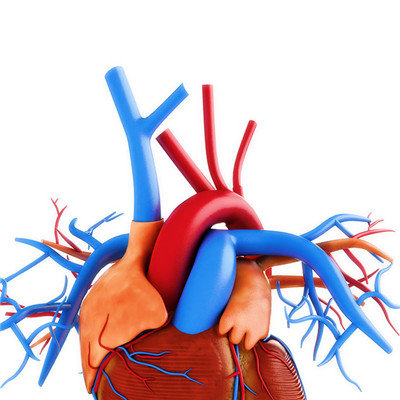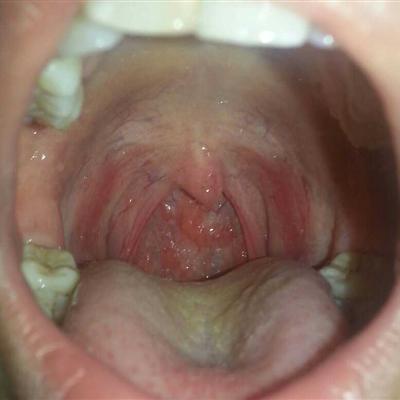How to treat hiatal hernia?
summary
Hiatal hernia is the most common type of diaphragmatic hernia. Hiatal hernia can be divided into different types of treatment, for asymptomatic or very mild symptoms of hiatal hernia, usually do not need treatment! The reason is that the symptoms of hiatal hernia are mainly caused by gastric acid reflux stimulating the esophagus, so the medical treatment is basically similar to reflux esophagitis. However, gastric acid reflux can cause pain and discomfort, so some treatment principles are proposed. How to treat hiatal hernia? Let's talk about it now.
How to treat hiatal hernia?
First, the principle of medical treatment is to eliminate the factors of hernia formation, control gastroesophageal reflux, promote esophageal emptying and relieve or reduce the secretion of gastric acid. The majority of patients can be treated conservatively without surgery. When medical treatment is ineffective, surgery can be considered. The main purpose of surgical treatment is to repair the enlarged esophageal hiatus, plus anti reflux surgery. Surgical treatment can choose thoracotomy, laparotomy or laparoscopic minimally invasive surgery.
Second: with the rapid development of minimally invasive surgical technology, laparoscopic hiatal hernia repair and fundus folding antireflux surgery have become the first choice for hiatal hernia because of their advantages such as only reconstruction (no resection), image magnification, good illumination, operation in narrow space, fast postoperative recovery and short hospitalization time.

The third: laparoscopic minimally invasive surgery includes: reinnervation of hernia contents, repair of paraesophageal hiatus and fundoplication. There are two ways to close or repair the enlarged hiatus in laparoscopic hiatus hernia repair: synthetic patch or simple suture. If the hiatus is large, the suture can be used to close the defect first and then the synthetic patch can be used. The edge of the patch should be at least 2cm larger than the edge of the hernia ring. Long term follow-up results showed that the postoperative recurrence rate of type II and type III hiatal hernia can be as high as 20% ~ 42%. The application of synthetic mesh can significantly reduce the recurrence rate of hiatal hernia, but at the same time, there are also some new complications related to the application of mesh, such as mesh erosion of esophagus, mesh compression or inflammation stimulating fibrous scar causing esophageal stenosis, etc. the patients have dysphagia and other discomfort symptoms, and even need reoperation. Therefore, the choice of more ideal patch type and shape needs to be confirmed by further multi center practice. In recent years, more and more attention has been paid to the application of biological mesh in the repair of hiatal hernia. It can not only significantly reduce the recurrence rate of hiatal hernia, but also effectively reduce the incidence of postoperative mesh related complications.
matters needing attention
The diet should be light and low-fat, and eat more vegetables. The fat content of soybean products is relatively low, and it also contains rich plant high-quality protein, which can be said to be a good substitute for meat in low-fat diet. The daily consumption of cooking oil is 25 ~ 30g, while the consumption of low-fat diet should be reduced by 10g, maintained at 15g ~ 20g, about two spoonfuls.















